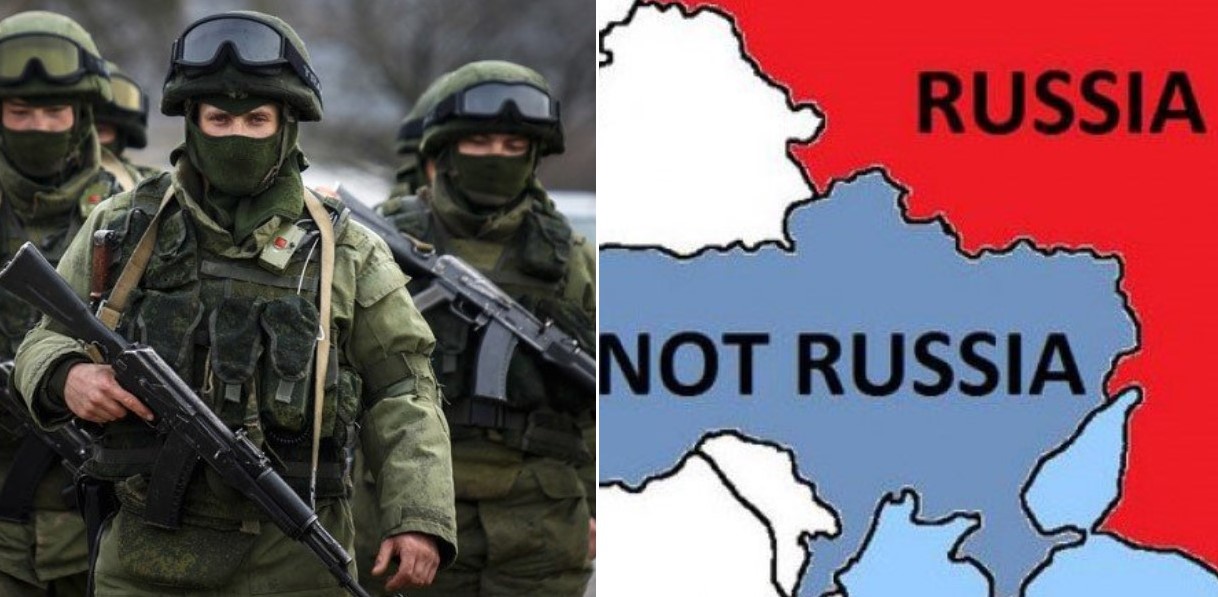Nearly one third of Russians would like Russia to annex Ukrainian Donbas

A Levada Centre poll published on 11 June 2019 has found the highest support for Ukraine’s Donetsk and Luhansk oblasts “becoming a part of the Russian Federation since March – April 2014. Although the 27 % support is still very far from the 48% who wanted to annex more of Ukrainian territory in the period immediately following Russia’s invasion and annexation of Crimea, it is a clear increase on previous years. It would require more monitoring to determine whether the increase is directly linked with Russian President Vladimir Putin’s decree simplifying the illegal process by which Ukrainians in occupied Donbas can receive Russian citizenship, or whether that decree has been accompanied by a propaganda campaign on Russian state-controlled media.
The survey was carried out between 24-29 May in 50 ‘subjects of the Russian Federation’, with no mention as to whether there were respondents in occupied Crimea.
The first question pertained to Putin’s simplification of procedure for “residents of Ukraine, in the first instance the Luhansk and Donetsk oblasts” to get Russian citizenship. Respondents were asked to give their opinion on two assertions, with a large majority (77%) either fully or basically agreeing that the move was motivated by “the wish to help people living in conditions of war”. There was also an absolute majority (59%) who saw in it the “wish to spread Russian influence on the eastern part of Ukraine”. 69% either fully or basically supported the move, although 36% of them saw this as being an additional burden on the Russian budget, while 26% recognised that “it will heighten tense relations between Russia, Ukraine and western countries supporting Ukraine.
It is interesting that the Levada Centre asks respondents about “the south-east of Ukraine” although it writes in brackets that this means the Donetsk and Luhansk oblasts. Those two oblasts are, in fact, eastern Ukraine, and Russia’s insistence in 2014 in talking about “the south-east of Ukraine” was widely seen as linked with Russian hopes (and illicit activities aimed at ensuring) that a Donbas scenario could be repeated in, at least, the Odesa oblast.
It is also not strictly clear what is meant by “the Donetsk and Luhansk oblasts”, since only parts of those oblasts are under the control of Russia’s proxy ‘Donetsk and Luhansk people’s republics’. The nominal leaders of these so-called ‘republics’ have never, however, concealed their wish to seize all of the area.
In the Levada survey, respondents were allowed to choose only one variant with respect to “the political future of South-Eastern Ukraine (the Donetsk and Luhansk oblasts)”.
In March 2014, 48% wanted this area “to become part of the Russian Federation”; 12% wanted it to become an independent state; 17% - that it remained a part of Ukraine but became more independent from Kyiv. Only 8% wanted it to remain part of Ukraine under the same conditions as before what the survey called “the crisis”. In May 2019, these figures had changed fairly radically with 29% in favour of the area becoming “an independent state”; 27% - part of the Russian Federation; and 17% that it remained part of Ukraine, but with greater independence from Kyiv. The number of respondents who wanted the pre-invasion of Crimea and pre-war status quo had risen, but not dramatically, to 14%. It should be said, however, that this 14% is the highest since the polling began in March 2014.
Respondents were asked each time about the cost of Russia’s annexation of Crimea which was referred to as “the reunification of Crimea”. The question pertained to the financial burden of this, and how much they were prepared to pay such a price. The main change here was that the number who were “completely unwilling” to pay such a price had almost doubled, from 19% in March 2014 to 36% in May 2019.
Unwillingness to pay the substantial cost for the first annexation in Europe since Nazi Germany’s aggression does not appear to have influenced Russians’ attitude to the land-grab itself. A survey published by the Levada Centre on 1 April 2019 showed that the number of people who either totally or basically supported this so-called “reunification” had changed very little (88% in March 2014; 86% in March 2019). The percentage totally or basically against was 7% in March 2014, and had only increased in March 2019 to 10%.
It should be remembered that fluctuation in all such surveys may be, at least in part, attributable to the message which state-controlled media have been instructed to present. Back in 2015, journalists who had worked for state TV channels gave frightening details of the degree to which the reporting, and even the vocabulary used to describe the government in Kyiv, the war in Donbas, etc. was coordinated with people in the Kremlin (details here). It is unlikely that Putin’s effective act of aggression in offering Russian citizenship to Ukrainians in Donbas was undertaken without similar propaganda accompaniment.





